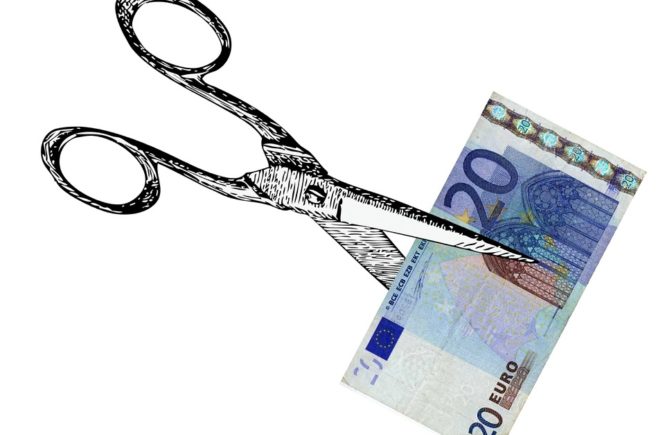
Cutting cost is essential to staying on track on the financial freedom journey to becoming financial fit. These tips are not inclusive of all one can do to cut cost. However, implementing some of these tips will reduce expenses and help on the journey to financial fitness.
Brown bag lunch.
This tip while not new has been so much is that it works! If buying lunch at work costs $5, but making lunch at home costs only $2.50, then in a year, you could afford to create a $500 emergency fund and still have money left over.
Commit to eating out one fewer time each month.
Save money without sacrificing lifestyle by taking small steps to reduce dining out budget. Start off by eating out one (1) or two (2) times less per week. As time progresses decrease dining out time slowly to suit the budget.
Plan meals in advance
Planning meals in advance and making grocery list will help in cutting cost on food. Planning meals will help to cut out overspending on grocery and waste. Using a grocery list will help with overspending and unnecessary buys. The annual savings could easily be hundreds of dollars.
Shop by unit price.
Many grocery stores list a cost by unit of each item, such as the price by ounce or pound. Use these stickers when comparison shopping for the same product, just in a different size.
Stick to water.
It’s standard in the restaurant industry to mark up the cost of alcohol by three to five times. So, an easy way to cut down on your restaurant spending without changing your habits too drastically is to skip the drinks, alcoholic and nonalcoholic.
Save time and money by doubling the recipe.
When making the family favorite meal, double the recipe and freeze the leftovers for another day. That way two meals will be prepared which will allow efficient use of the ingredient with less waste. Aluminum pans of various sizes can be bought, especially when buying bulk, and make freezing and reheating a snap.


